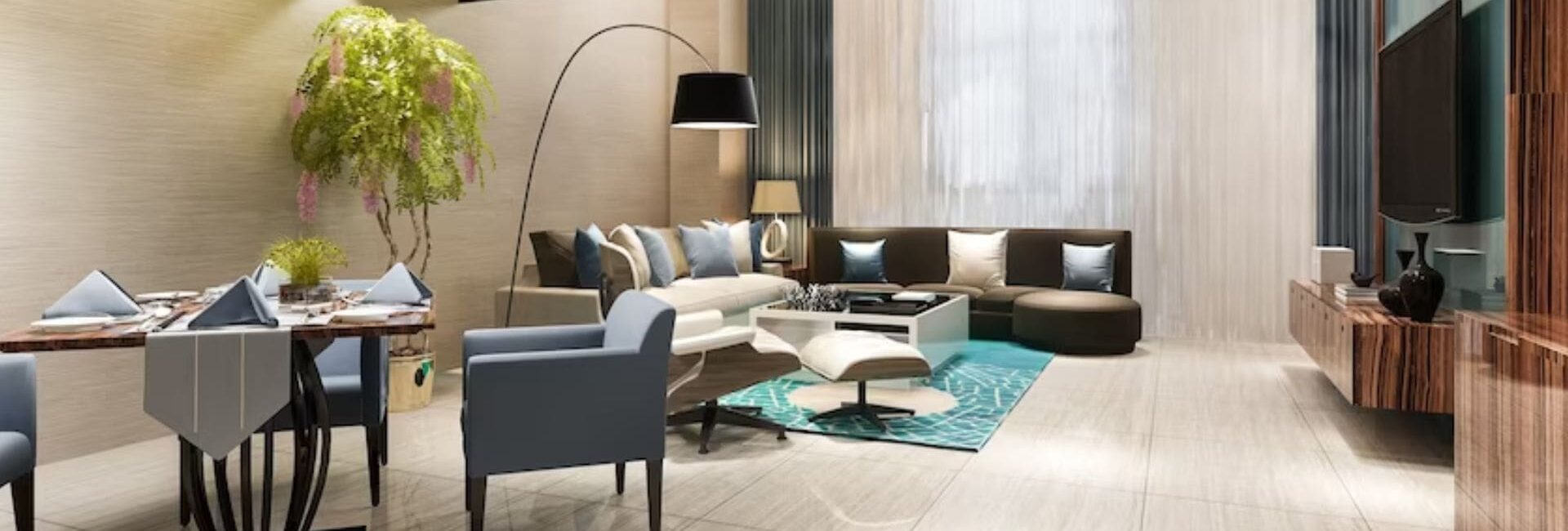
Your home is not just a place to reside; it’s an expression of your personality and a sanctuary where you can relax, recharge, and create lasting memories. One of the most impactful ways to shape the ambiance and functionality of your living space is through thoughtful interior design. In this article, we will delve into the world of home interior design, exploring key principles, popular trends, and expert tips to help you curate a space that reflects your unique style and fosters comfort and harmony.
Understanding Interior Design
Interior design is the art and science of enhancing the interior of a building to achieve a healthier and more aesthetically pleasing environment for its inhabitants. It involves the creative integration of various elements, including color schemes, furniture, lighting, textures, and spatial arrangements. By considering the function, form, and visual appeal of a space, interior designers strive to create a cohesive and visually appealing environment that aligns with the client’s needs and preferences.
Key Principles of Interior Design
a) Balance: Achieving balance involves distributing visual weight evenly throughout a space. It can be symmetrical, where elements are mirrored on each side, or asymmetrical, where varying elements are balanced through color, texture, or size.
b) Harmony: Creating harmony involves establishing a sense of cohesion and unity among various design elements. It can be achieved through color palettes, patterns, or by incorporating complementary styles.
c) Proportion and Scale: Maintaining proportion and scale ensures that objects within a space relate harmoniously to one another. It involves considering the size, height, and visual weight of furniture and décor items in relation to the room’s dimensions.
d) Rhythm: Rhythm refers to the visual flow and movement created by repeating patterns, colors, or shapes. It adds visual interest and guides the eye throughout the space.
e) Contrast: Contrast involves incorporating elements that stand out from one another, such as pairing light and dark colors, smooth and rough textures, or modern and traditional styles. This creates visual impact and adds depth to the design.
Popular Interior Design Styles
a) Minimalist: Emphasizes simplicity and clean lines, with a focus on functionality and open spaces. It often incorporates neutral color palettes, minimal décor, and clutter-free environments.
b) Scandinavian: Known for its light, airy aesthetic, Scandinavian design features natural materials, cozy textiles, and a blend of white and pastel hues. It promotes warmth, simplicity, and functionality.
c) Industrial: Inspired by urban lofts and warehouses, industrial design showcases raw, unfinished materials such as exposed brick, metal, and distressed wood. It embraces a utilitarian aesthetic with an emphasis on open spaces and high ceilings.
d) Bohemian: Characterized by an eclectic and free-spirited vibe, bohemian design blends patterns, textures, and vibrant colors from around the world. It encourages self-expression, cultural diversity, and a mix of vintage and handmade elements.
e) Mid-Century Modern: This style, popularized in the mid-20th century, features clean lines, organic forms, and a blend of natural and engineered materials. It often incorporates bold colors, geometric patterns, and iconic furniture designs.
Lighting and Color Schemes
a) Lighting: Proper lighting is crucial for setting the right mood and enhancing the functionality of a space. It can be achieved through a combination of ambient, task, and accent lighting. Natural light should also be maximized whenever possible.
b) Color Schemes: Color has a significant impact on the atmosphere of a room. Warm colors like red, orange, and yellow evoke energy and coziness, while cool colors like blue and green promote calmness and relaxation. Neutral colors like white, beige, and gray create a versatile and timeless backdrop.
Tips for Effective Interior Design
a) Plan and visualize: Before starting any design project, create a plan and visualize your desired outcome. Consider the function of each space, the traffic flow, and the mood you want to create.
b) Mix textures and materials: Combining different textures and materials, such as smooth and rough, shiny and matte, or natural and synthetic, adds visual interest and depth to your design.
c) Personalize with artwork and accessories: Displaying artwork, photographs, and personal mementos adds character and a sense of identity to your space. Choose items that resonate with you and tell your story.
d) Declutter and organize: A clutter-free space promotes a calm and organized environment. Regularly declutter and find effective storage solutions to keep your home tidy and functional.
e) Seek professional advice: If you’re unsure about design decisions or need assistance with larger projects, consider consulting an interior designer. They can offer expertise, creativity, and access to resources that will help bring your vision to life.
Conclusion
By embracing the principles of interior design, exploring various styles, and incorporating your personal tastes, you can transform your home into a haven that reflects your unique personality and fosters comfort. Remember to consider factors such as balance, harmony, lighting, and color schemes while planning your design. With a little creativity and attention to detail, you can curate a space that not only looks stunning but also enhances your well-being and enriches your daily life.

